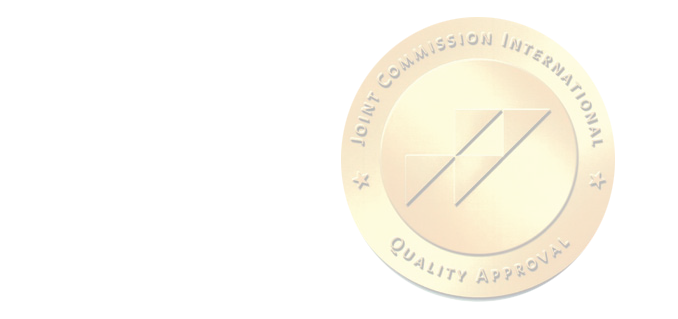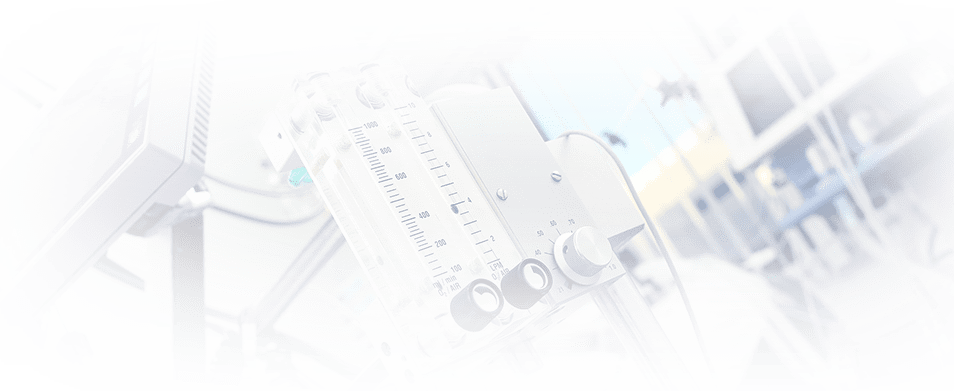Scintigraphy
Scintigraphy is an informative, non-invasive, and painless method of computed tomography with the introduction of radioactive isotopes or labeled leukocytes to visualize their accumulation in the examined area. The study allows you to find out the true size of the inflammation focus and assess the functional abilities of organ cells at the initial stages that cannot be detected with other diagnostic methods. Despite the use of radioactive particles, the dosage is so low that the procedure does not harm the patient.
As a result of a scintigraphic examination, a specialist receives static and dynamic images of the tissues under investigation (scintigrams) and analyzes the development of the pathological process by the amount of gamma particles accumulated in it. The more of them was found, the more extensive the lesion of the investigated area.
Scintigraphy can scan any organ or tissue, for example, individual bones or the entire skeleton, liver, lungs, kidneys, brain, thyroid gland, etc.
Cost
| Name | Price (RUB) |
| Polypositional bone scintigraphy | 6790 |
| Lymphoscintigraphy | 16760 |
| Sentinel lymph node scintigraphy | 6790 |
| Perfusion lung scintigraphy | 6790 |
| Ventilation lung scintigraphy | 6790 |
| Myocardial scintigraphy | 8490 |
| Scintigraphy of the myocardial sympathetic nervous system | 8060 |
| Liver and spleen scintigraphy | 8490 |
| Hepatobiliscintigraphy | 8490 |
| Stomach scintigraphy | 6790 |
| Breast scintigraphy | 6790 |
| Testicular scintigraphy | 6790 |
| Prostate scintigraphy | 8490 |
| Thyroid scintigraphy | 6790 |
| Quantitative thyroid scintigraphy | 6790 |
| Salivary gland scintigraphy | 6790 |
| Parathyroid scintigraphy | 6790 |
| Brain scintigraphy | 8490 |
| Scintigraphy of the kidneys and urinary system | 6790 |
| Scintigraphy of the kidneys and urinary system with functional tests | 6790 |
| Scintigraphy of the kidneys and urinary system with the determination of the glomerular filtration rate | 6790 |
| Dynamic nephroscintigraphy with the determination of effective renal plasma flow | 6790 |
Indications and limitations
The indications for the use of scintigraphy are as follows:
- research of cardiovascular pathologies;
- myocardial perfusion;
- detection of tumors of various localizations;
- the need for planar skeletal analysis to search for bone metastases;
- assessment of blood circulation in the brain.
The procedure is safe for humans, however, the diagnosis is undesirable for pregnant women, breastfeeding, patients with severe immunodeficiency conditions. For young children, anesthesia is sometimes used, since the study requires maintaining immobility. Therefore, for these groups of people, scintigraphy is recommended when it is impossible to obtain an objective picture of the pathology by another method.
How is the procedure going
Scintigraphy does not require complex preparation. Immediately before the procedure, the bladder must be emptied. Before the start of scanning, the patient is injected with a radiopharmaceutical, which is distributed throughout the body within 1-3 hours.
Diagnostics is carried out in special gamma cameras and takes about 30 minutes. After completion, it is necessary to increase the intake of fluid to remove the contrast.
Sign up for a scintigraphy at the clinic of Medicina JSC by phone +7 (495) 775-73-60.
Doctors







